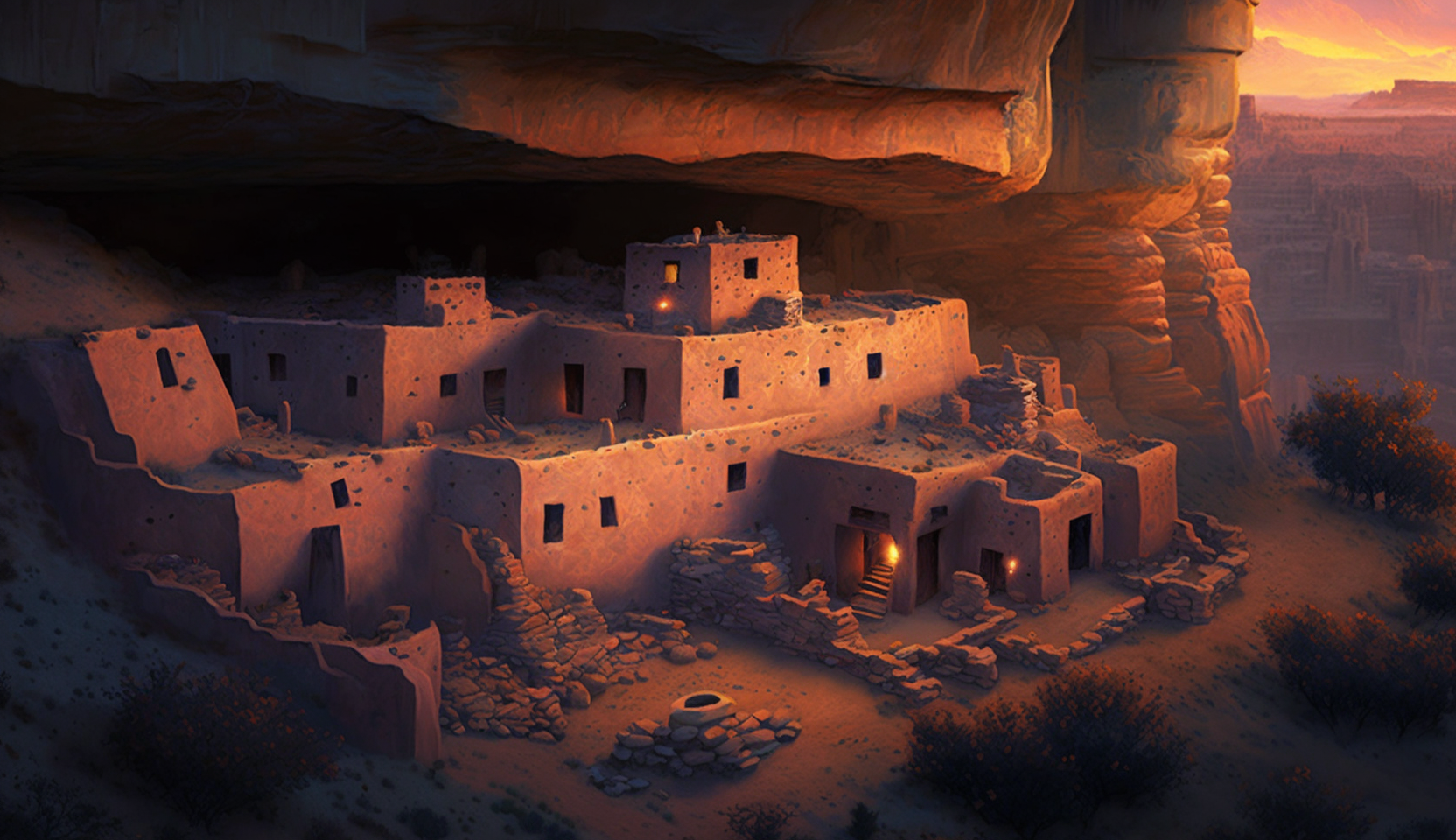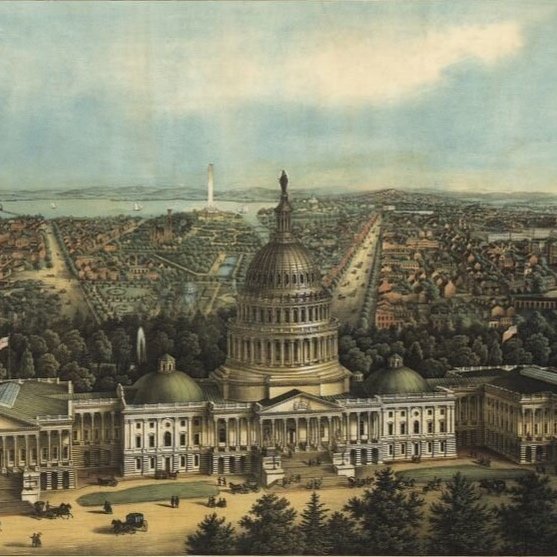
Period 1: 1491-1607
#1 - 1.1 Contextualizing Period 1
The first lecture of the course provides background for all of the major events in the first historical period. It explains the context for European encounters in the Americas from 1491 to 1607. The notes packet includes short answer response practice, a map activity, and a primary source picture of Christopher Columbus’s arrival in the New World.
#2 - 1.2 Native American Societies before European Contact
The second lecture of the unit focuses on how and why various native populations in the period before European contact interacted with the natural environment in North America. The notes packet includes short answer response practice, a map activity that places North American tribes on the territory of the continental United States, and a primary source picture of a native village.
#3 - 1.3 European Exploration in the Americas.
The third lecture of the unit explores the causes of exploration and conquest of the New World by various European nations. The notes packet includes short answer response practice and questions on a primary source of Columbus’s journal and his impression of Natives upon his arrival.
#4 - 1.4 Columbian Exchange, Spanish Exploration, and Conquest
The fourth lecture in the unit explains the causes of the Columbian Exchange and its effects on Europe and the Americas during the period after 1492. The notes packet includes short answer response practice, a diagram to fill in that explains the Columbian Exchange and a primary source picture of the Lienzo de Tlaxcala which depicts the defeat of the Aztecs.
#5 - 1.5 Labor, Slavery, and Caste in the Spanish Colonial System
The fifth lecture of the unit explains how the society that the Spanish established in North America operated and the labor systems they established. It covers how the growth of the Spanish Empire in North America shaped the development of social and economic structures over time. The notes packet includes short answer practice, and a primary source document written by Bartolomé de las Casas.
#6 - 1.6 Cultural Interactions Between Europeans, Native Americans, and Africans
The sixth lecture in the unit main groups of people in the Americas interacted with one another. It aims to explain how and why European and Native American perspectives of others developed and changed in the period. The notes packet includes short answer practice as well as a secondary source essay on the Columbian Exchange to help students deconstruct a historian’s argument.
#7 - 1.7 Causation in Period 1
The last lecture of the first historical period focuses on the main historical thinking skill from the unit, causation. It asks students to explain the effects of the transatlantic voyaged from 1491 to 1607. The notes packet includes short answer practice as well as some primary source maps that give the European perspective of the new land they’ve encountered.



